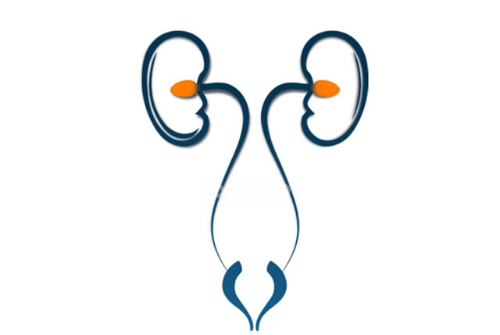Introduction:
Urological procedures encompass a wide array of diagnostic and treatment interventions aimed at addressing various conditions affecting the urinary tract and male reproductive system. From diagnostic tests to surgical interventions, these procedures play a crucial role in diagnosing, managing, and treating urological disorders. Let's delve into some of the most common urological procedures and their applications in clinical practice.
1. Cystoscopy:
Cystoscopy is a diagnostic procedure used to visualize the inside of the bladder and urethra using a thin, flexible instrument called a cystoscope. It is commonly performed to evaluate urinary symptoms such as hematuria (blood in the urine), urinary incontinence, or recurrent urinary tract infections. During cystoscopy, the urologist can identify abnormalities such as bladder stones, tumors, or structural abnormalities and, if necessary, perform biopsies or interventions such as the removal of bladder stones or small tumors.
2. Urodynamic Testing:
Urodynamic testing encompasses a series of diagnostic procedures used to assess the function and dynamics of the urinary system, particularly the bladder and urethra. These tests evaluate parameters such as bladder capacity, urinary flow rate, bladder pressure, and sphincter function to diagnose conditions such as urinary incontinence, overactive bladder, or neurogenic bladder dysfunction. Urodynamic testing can help guide treatment decisions and interventions tailored to the underlying urological condition.
3. Transrectal Ultrasound (TRUS) and Prostate Biopsy:
Transrectal ultrasound (TRUS) is a diagnostic imaging technique used to visualize the prostate gland and surrounding structures using high-frequency sound waves. TRUS is commonly performed in conjunction with prostate biopsy, a procedure used to sample tissue from the prostate gland for histopathological analysis. Prostate biopsy is indicated in cases of suspected prostate cancer based on abnormal findings on digital rectal exam (DRE) or elevated prostate-specific antigen (PSA) levels. Guided by TRUS imaging, urologists can obtain tissue samples from specific areas of the prostate gland to confirm or rule out the presence of prostate cancer.
4. Lithotripsy:
Lithotripsy is a minimally invasive procedure used to break down kidney stones or urinary calculi into smaller fragments that can be passed naturally through the urinary tract. Extracorporeal shock wave lithotripsy (ESWL) is the most common type of lithotripsy, involving the use of shock waves generated externally to fragment kidney stones. Alternatively, ureteroscopy with laser lithotripsy may be performed for stones located in the ureter or kidney that are not amenable to ESWL. Lithotripsy offers a non-surgical approach to the management of kidney stones, minimizing the need for invasive procedures and promoting faster recovery.
5. Transurethral Resection of the Prostate (TURP):
Transurethral resection of the prostate (TURP) is a surgical procedure used to treat benign prostatic hyperplasia (BPH), or enlarged prostate, by removing excess prostate tissue that obstructs the flow of urine. During TURP, a special instrument called a resectoscope is inserted through the urethra to remove obstructing prostate tissue using a cutting or cauterizing device. TURP is considered the gold standard surgical treatment for BPH and can provide significant relief of urinary symptoms such as hesitancy, weak stream, and urinary retention.
Conclusion:
Urological procedures encompass a diverse range of diagnostic and treatment interventions aimed at addressing conditions affecting the urinary tract and male reproductive system. From minimally invasive procedures like cystoscopy and lithotripsy to surgical interventions such as TURP and prostate biopsy, these procedures play a crucial role in diagnosing, managing, and treating urological disorders, ultimately improving patients' quality of life and urological health.





Comments